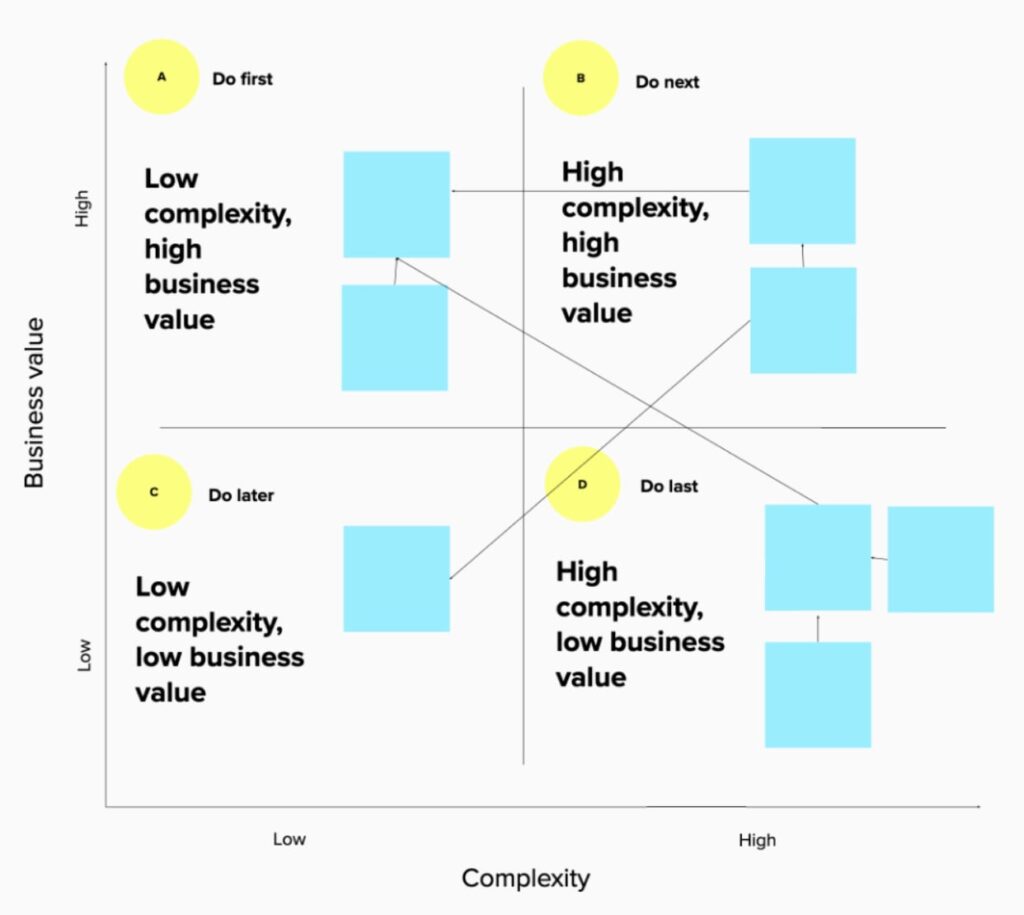Building a roadmap for Medicare Payment Systems Modernization
Insights
Overview
The Centers for Medicare and Medicaid Services (CMS) provides health insurance to over 60 million beneficiaries and processes claims payments to healthcare providers nationwide. CMS relies on four legacy mainframe systems collectively called the ‘shared system’ to process these claims. This 50-year-old system cannot easily be modified to serve the changing needs of healthcare providers and beneficiaries, requiring modernization to a cloud-based architecture for improved flexibility and maintainability. We facilitated collaborative workshops to help CMS develop a strategic roadmap for this critical modernization effort.
The challenge
The shared system is complex, mission-critical, and aging rapidly. Built 50 years ago, it processes complicated claim scenarios but lacks the flexibility to adapt to evolving healthcare needs. The Integration Contractor (IC) team needed to create a strategic roadmap to guide the modernization effort, requiring deep technical understanding of the existing system and careful consideration of mission needs and technical constraints. With 40+ stakeholders with varying experience in agile and product management, the challenge was developing a collaborative approach that would build consensus and alignment across the organization.
Our contribution
Blue Tiger facilitated a series of collaborative product management workshops to help develop the strategic roadmap for systems modernization.
We designed and led three workshops with over 40 participants to understand system dependencies and prioritize modernization work. To make the complex system easier to discuss, we created a simplified conceptual model that grouped system functions into four components representing the lifecycle of a claim. More specifically, we:
- Developed a two-phased modernization approach, starting with components common across all claim types to create a platform for subsequent claim-type-specific processing modernization.
- Created a prioritization framework inspired by Weighted Shortest Job First (WSJF) methodology that considers business value, complexity, and technical feasibility.
- Facilitated virtual workshops focused on inclusivity and collaboration, using activities to sort system components by business value and map functionality against complexity.
- Synthesized workshop discussions into a draft strategic roadmap guided by principles of delivering highest business value early, frequent releases, and avoiding dependencies within releases.

The results
As a result of this effort, we:
- Created a strategic roadmap that considers business value, complexity, technical dependencies, and organizational capacity.
- Provided clear direction for development teams and serves as input to the program’s increment planning process.
- Enabled CMS to begin modernizing critical payment systems that serve millions of Medicare beneficiaries.
Team members
- Shashank Khandelwal
Practices used
- Complex system design
- Product management
- Human-centered design
- Workshop facilitation
